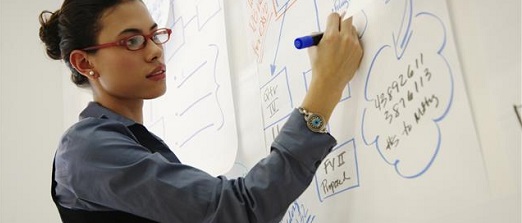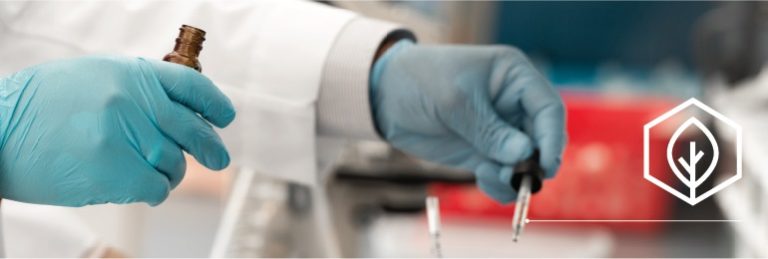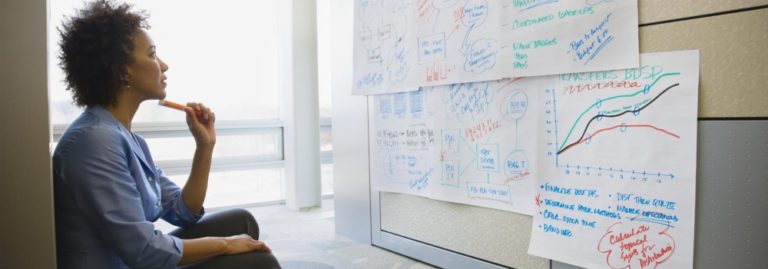Crowdsourcing has become so pervasive that it has entered the realm of healthcare despite the field’s strict regulatory standards. And it’s resulting in innovative strides.
By Jennifer Cohen

These days, artists are crowdsourcing funding for projects, major brands are crowdsourcing television ads, start-ups are crowdsourcing logos, and expectant parents are crowdsourcing baby names. Still, it might seem surprising that crowdsourcing has also entered healthcare, a field defined by its rigorous training requirements, increased specialization and endless layers of regulation.
But the challenges currently faced by providers, patients and researchers cry out for collective problem solving on the largest possible scale, experts say.
“Within healthcare, there’s an acknowledgement that the cost structure we operate under no longer lends itself to single organizations trying to do it all themselves,” said Burke, author of the book, “Health Analytics: Gaining the Insights to Transform Health Care.”
“There are just insights you can’t get using your own data and your own people.”
Opening the Door to Innovation
Crowdsourcing in the healthcare realm often takes the form of open innovation initiatives, in which organizations in both the public and private sectors launch external appeals for ideas. InnoCentive, for instance, helps companies and nonprofits issue global “challenges” that invite participants from around the world to propose solutions to well-defined problems. The best submissions receive cash prizes ranging from $5,000 to $1 million.
“Our healthcare system is challenged, to say the least, in terms of keeping expenses down and dealing with an aging population,” said David Weisman, director of business innovation at InnoCentive. “People have realized that the old closed innovation model is not sufficient in a world of cost constraints and time pressures.”
InnoCentive works extensively in the healthcare field, partnering with pharmaceutical companies, advocacy groups and medical centers. In the last decade, its healthcare-related challenges have yielded significant advancement, Weisman said, including the identification of a biomarker for ALS — commonly known as Lou Gehrig’s disease, for the nonprofit Prize4Life — as well as an algorithm for predicting cancer survival rates for the Cleveland Clinic.
With traditional innovation, an organization’s researchers and developers can spend years plodding along a promising trail, only to reach a dead end, Weisman said. With crowdsourcing, “hundreds of people are going down multiple paths at once, and you only pay an award for paths that are productive,” he explained. “It changes the economics, it reduces the speed and it can result in outcomes you just wouldn’t have anticipated before.”
Among those outcomes are potential cures or treatment options for thousands of diseases, based on an open platform of ideas and shared knowledge, said Manish Gupta, vice president and director of the Xerox Research Centre India.
“Clinical decision support, based on data analytics, helps physicians make better decisions for diagnosis and treatment options for diseases. This area would benefit tremendously from ’crowdsourcing’ analytics solutions,” Gupta said.
“There are thousands of diseases that affect human beings, and it will be hard for a single organization to come up with accurate models for each disease,” he added. “Hence, an approach based on open collaboration is likely to work much better.”
(This article was excerpted from Real Business, a website from Xerox that provides ideas and information for decision-makers in business and government. Read the complete article.)
Simplify Work is published several times a week. You will receive an email anytime this blog is updated if you subscribe here.



